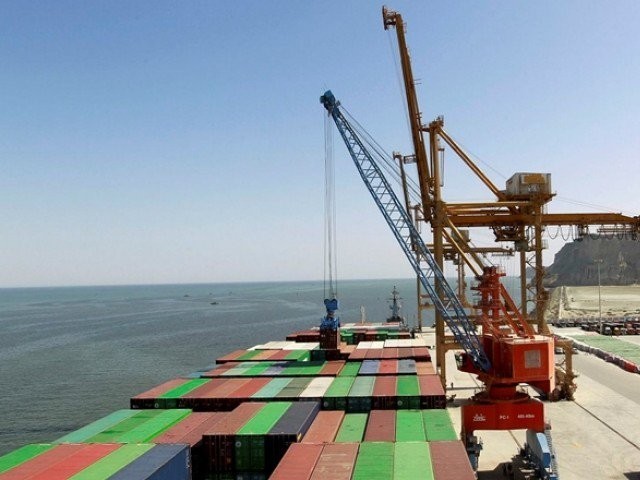
According to the arguments, businesses unite and evolve within geographical clusters and these businesses are both inter-industry and intra-industry in nature.
These geographical clusters can be local, regional, national and international. For example, within the US, the creation of a worldwide web translated into social media revolution through digital applications like Facebook, Google and retail brands like Amazon that all started in California, popularly referred to as Silicon Valley.
The footprint of digital innovation led to manufacturing and technological initiatives like Space X and Tesla at a time when Nasa and the US government were reducing their financial support for space travel and also there was a slump in sales of the US automobile industry.
The international cluster development happening in different geographical locations was tied up with efficiency in international trading agreements as was in the case of trade worth billions of dollars between China and the US.
China became an integral part of the international technology cluster through integrating its commercial stakes with the US by becoming an integral part of the value chain of US businesses. It took nearly two decades of cluster formation and development between the US and Chinese firms whereby China now stands as the second largest economy of the globe and the largest competitor to US markets.
Belt and Road Initiative
The clusters of innovative development have increased the economic, social and political ties of Asia with western countries encouraging China to opt for the Belt and Road Initiative (BRI) further connecting Asia with Europe and the world.
BRI is an inclusive economic and industrial plan for Asia, whereby a part of it is currently being implemented in Pakistan with the name of China-Pakistan Economic Corridor (CPEC). Agreements between Pakistani and Chinese governments over the last three years have led to many investments by Chinese financial and industrial groups to initiate infrastructure and energy programmes in Pakistan.
This will give Pakistan access to Chinese markets in the same way Vietnam has been benefitting from becoming part of the Chinese value chain.
The cluster development argument suggests that infrastructure is necessary but innovation in Pakistan’s industrial sector would come through Special Economic Zones (SEZ).
These economic zones would be located within local or regional clusters. Other countries like Germany and Saudi Arabia have also expressed interest in being part of the economic landscape that is to be provided by industrial zones within CPEC.
However, the Pakistani government has to devise a scientific and thorough plan to involve Pakistani businesses in these economic zones and direct some indigenous technical innovation towards local cluster development.
For example, small manufacturing industries should be incentivised that involve small engineering and software development for digital or real services. Pakistan can specialise in small-scale chip manufacturing and become part of the Chinese mobile phone development industry while also developing an indigenous base for high technology manufacturing industries.
This is similar to the Chinese and Pakistan defence cooperation which helped Pakistan to manufacture JF-70 Thunder aircraft. The aeronautical niche through cooperation between Chinese and Pakistani defence clusters enabled Pakistan to become an exporter of aeronautical equipment to countries in Africa and the Middle East.
Since CPEC is to be implemented in Pakistan, only financed by China, there is a need to identify and guide national priorities for CPEC projects and plans. The FTA with China brings about a lesson that Pakistani businesses cannot compete with Chinese ones. In the meantime, despite a lot of rhetoric from successive governments, steps towards improving industrial competitiveness are missing in public policy discourse. This needs to be rectified to make CPEC a success and an engine of innovation in Pakistan.
A detailed feasibility of industrial business activity needs to be undertaken to understand and promote local business niche aligned with local skill sets of the population. This may also mean planning and changing urban development thinking that caters to the needs of its dwellers concentrating on social sector development by building health and educational facilities for unskilled and semi-skilled populations.
The resources for social sector development in areas surrounding SEZs can come from donors or public-private partnerships or may be generated from private sector investments as a matter of their corporate social responsibility.
The writer is a research director at PRIME Institute and holds a PhD in Economic Development from Erasmus University
Published in The Express Tribune, November 12th, 2018.
Like Business on Facebook, follow @TribuneBiz on Twitter to stay informed and join in the conversation.






























1714024018-0/ModiLara-(1)1714024018-0-270x192.webp)









COMMENTS (2)
Comments are moderated and generally will be posted if they are on-topic and not abusive.
For more information, please see our Comments FAQ